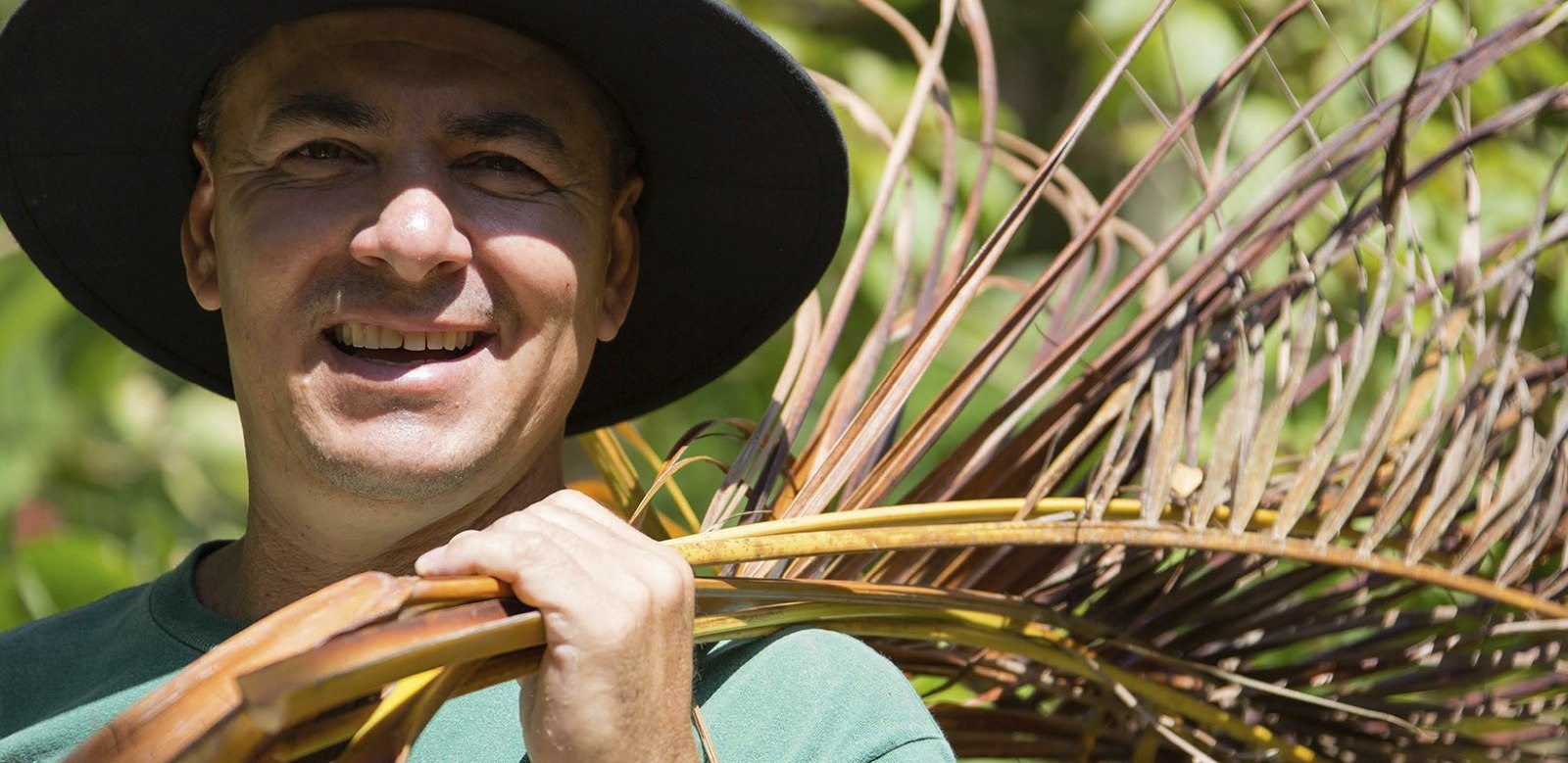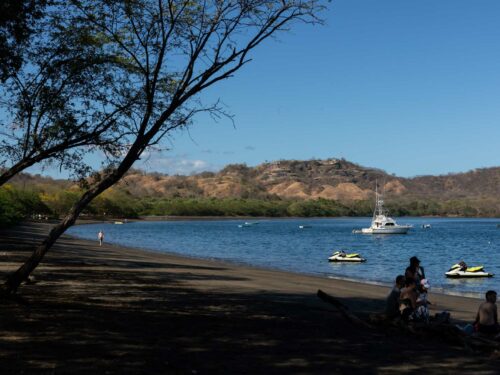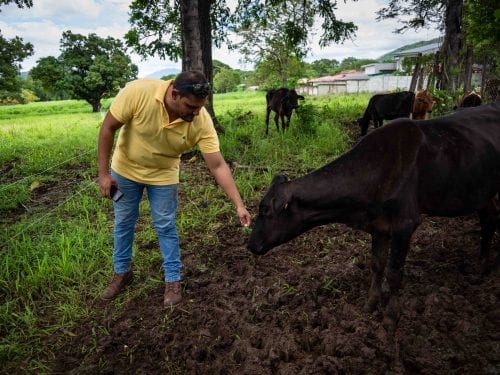
Low tourist season in Guanacaste is often connected with a drop in customers at vacation hotspots and a decrease in job opportunities.
According to data from the National Statistics and Census Institute (INEC) April, May and June are the months with the lowest employment levels in Guanacaste.
Last year, the Chorotega region had 19,969 people employed by hotels and restaurants during the months of April-June. That number rose to 21,704 people in July (during vacation time for local schools and US students).
The increase in employment from the second to the third quarter in lodging and food service businesses was 5.2%.
To prevent a decline in employment in the tourism sector, economists and employees in the Chorotega region have proposed several solutions to deal with low season unemployment. We present them in this story:
Diversify hotel tasks
Hotels such as Harmony and Harbor Reef in Guiones and Casa Chameleon in Playa Hermosa use low season spare time to train employees and perform maintenance on the hotel.
“What we do is we change up the duties. The employees that work in services do deep cleaning and perform maintenance in the restaurant and the green areas,” said Pamela Carazo, Harmony Hotel manager.
Another alternative that hotel administrators use is adjusting employee vacation time so it coincides with the periods when the hotel is closed.
“The staff that we keep works in other areas like maintenance or we give them vacation time,” said Gamaniel Salas, supervisor at Sugar Beach Hotel in Flamingo.
Change the profile of the tourist you seek to attract
Victor Baltodano, economist at the National University who specializes in tourism, says one of the solution to low season unemployment should be rethinking the profile of the tourist that tourism agencies want to attract to the country so that Guanacaste continues to be an attractive tourist destination, even during the low season.
“Many tourists come to Costa Rica for ecological tourism, not only for sun and sand,” the economist said.
According to Pablo Sauma, economist at the University of Costa Rica, many of the tourists that visit the tropics do so to see and photograph exocitc species of birds.
They both propose aiming to attract tourists that want to see the biodiversity in Costa Rica, one that comes along with being a tropical rainforest climate.
Take advantage of the boom in medical tourism
This kind of tourism is directed at foreigners that stay in Costa Rica’s hotels so they can attend medical appointments or have surgery since medical attention is usually cheaper here than in other countries like the United States.
CIMA and San Rafael Arcángel hospitals offer medical tourism services in Guanacaste. Non-resident patients at these and other medical centers need to stay in the country while they recover.
According to data from the Costa Rica Health Chamber, the country received $485 million in medical tourism last year. The chamber projects that in 2016 about 70,000 people visited the country for medical tourism purposes.
According to Massimo Manzi, executive director for the Costa Rica health chamber, a hotel can create the conditions to receive non-resident patients without making major changes to its infrastructure
“The hotel must have CPR-certified personnel, adequate menus approved by nutritionists and emergency management plans,” Manzi said.
Offer discounts for low season stays
Finally, economists from the National University and the University of Costa Rica suggest capturing lower-income guests than the ones that visit Guanacaste in peak tourist season with special offers and discounted stays during low season.
Initiatives like the Costa Rica Tourism Institute’s “Let’s Travel” were created with the intention of promoting last minute special offers and rates to help guarantee sustainability for tourism businesses in Costa Rica.
“It’s an effective strategy,” Sauma said. “The Costa Rica Tourism Institute promotes discounts in low season and as far as I understand they have been very successful.”







Comments